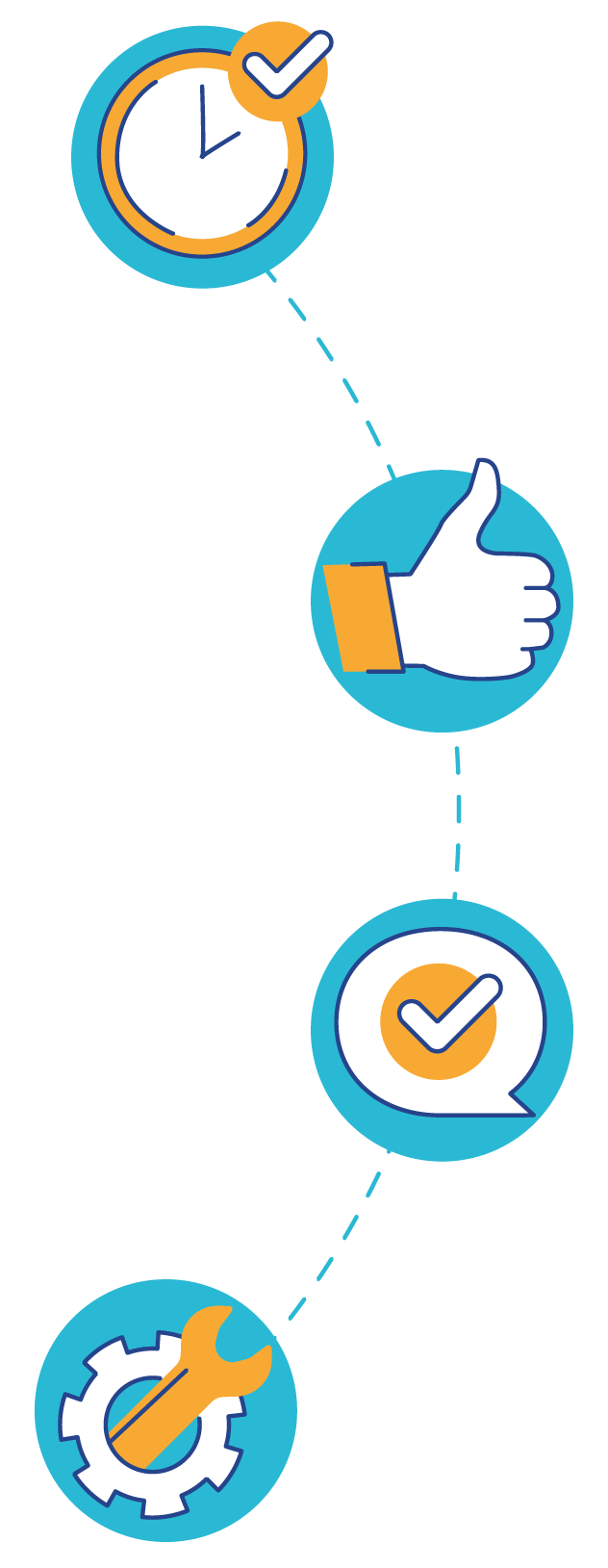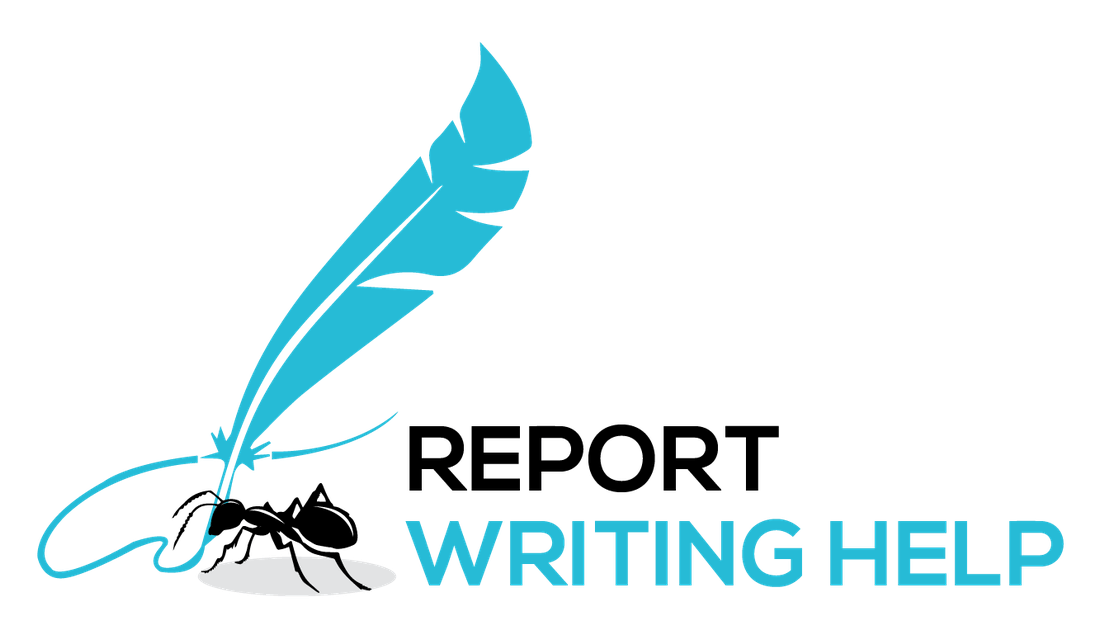
Proposal Report Writing Help for Busy Students!
Feeling overwhelmed by deadlines & juggling a million things at once? Research, analysis, formatting – it's enough to make anyone's head spin. But guess what? We’re your saviours here to craft a winning report! Prepare to hand in a polished, persuasive research proposal that leaves a lasting impression and helps you achieve your academic or professional goals!
Transform Your Reports with Professional Writing Assistance:
Conquer your courses and boost your grades with Report Writing Help! We’re not just another service provider – we’re your academic allies, ready to unleash our research skills and writing magic to help you ace your assignments. Let’s seize that A now!


Constant Care: Need assistance at any hour? Our 24/7 support team is always a message away, ready to answer your questions and assist you through any challenge.
Secure Services: Your privacy is locked down tighter than a bank vault. Our rock-solid NDA policy and advanced SSL encryption are like an enchanted shield, protecting your information and keeping your academic journey confidential.
Cost-effective Help: Get premium quality without the premium price. Our affordable rates are designed with students in mind, meaning you get top-quality assistance without feeling the financial pinch.
Edit Excellence: Perfection is our promise. That's why we offer unlimited free revisions to ensure your paper is flawless – every sentence sharp and every argument on point.
15+ Years of Academic Excellence!
Have a look at our badges of honour that echoes our prowess!
750+
Assignment Experts
9000+
Successful Projects
99.9%
Customer Satisfaction

Struggling with your Assignments? Work Smart, Not Hard! Achieve A+ Reports with Our Skilled Writing Team!
Experience Firsthand Why Top Students Rely on Us to Ace in Class
Boost Your Grades with Top-Notch Proposal Report Writing Services!
Struggling to make your dull report a “moneymaker”? Yeah, we've all been there! Staring down a blank page, trying to turn a cool idea into funding magic can feel like climbing Mount Everest without a map. But fear not! ReportWritingHelp is your secret weapon for academic excellence. We’ll create a flawless report that grabs your professor (or funding committee) by the eyeballs and screams "Fund this project!" Let your power team handle the heavy lifting, so you can ace that proposal and watch your GPA soar!
Choosing the Right Topic:
Are you struggling to pick the perfect topic for your proposal report? It's a common dilemma! Selecting a topic that is both relevant and interesting can be challenging. You may spend hours brainstorming ideas, only to find yourself more confused and overwhelmed. Let’s be real. Without a solid topic, your entire report can feel unfocused and lack depth.
However, don’t panic! We understand this struggle and are here to help. Our expert writers will collaborate with you to identify a topic that captures your interest and aligns with your academic goals. Armed with advanced degrees in their respective fields, they’ll ensure the topic chosen is not only engaging but also feasible within the scope of your assignment. Whether you need assistance with a business proposal report or any other kind – we’ve experts in each domain ready to help. So, why worry? When you choose us, you’re choosing a partner dedicated to your academic success from the very start!
Structuring Your Proposal:
Do you find it difficult to structure your proposal report effectively? We know exactly how you feel! A well-organised structure is crucial for presenting your ideas clearly and persuasively. However, many students struggle with creating a coherent outline that logically connects their arguments and evidence. The result? A jumbled mess where even the best ideas can get lost, making your copy less convincing.
Our skilled writers excel in structuring per proposal report formats that are easy to follow and compelling. They create detailed outlines that ensure each section transitions smoothly into the next, making your arguments more persuasive and your overall report more impactful. By focusing on clarity and coherence, we help you present your ideas in a way that impresses your professors and meets academic standards. So, why wait at all? With us in your corner, you can confidently submit a well-structured and polished proposal that gets you those A’s!
Research and Data Collection:
Is gathering relevant research and data for your proposal report a tough task? It’s understandable! Conducting thorough research and collecting accurate data is essential for a strong proposal, but it can be time-consuming and overwhelming. Not to mention, the lack of authentic sources and data may affect your report's credibility and depth, further adding to the complexity.
But don’t sweat it! We take the stress out of research and data collection. Our writers are proficient in conducting thorough research, using credible sources to gather the necessary information for your report. They know where to look for the best data and how to present it effectively, ensuring your proposal is well-supported and convincing. No need to search for proposal report format examples online anymore! So, why struggle alone? Get ready to transform your report into a standout piece with our support!
Writing and Drafting:
Finding it tough to draft your proposal report with the clarity and precision it demands? You're not alone! Writing a proposal that sticks to an academic style can be tricky. It's easy to slip into a conversational tone, making your report seem less serious and professional. This inconsistency can distract from your arguments, resulting in reports that can feel fragmented and lack the professional polish needed to impress academic reviewers.
That’s where our expertise comes into play. Our seasoned writers excel in academic writing and understand the technicalities of proposal report structure to craft a cohesive masterpiece. They’ll ensure your report adheres to the required formal style, making it polished and professional. Rest assured, they’ll work above and beyond to present your ideas clearly and logically, ensuring that your proposal not only meets but exceeds academic standards. So, what’s the delay for? By partnering with us, you can confidently submit a report that showcases your knowledge and dedication, free from the stress of navigating complex writing conventions.
Editing and Proofreading:
Worried about grammatical errors and inconsistencies in your proposal report? Don’t stress! Even the best writers need a second pair of eyes to catch mistakes and improve the clarity of their work. Without proper editing and proofreading, your report may contain errors that detract from its overall quality. However, not on our watch!
We offer comprehensive editing and proofreading services to ensure your proposal report is flawless. Expert editors meticulously review your work–both manually and through advanced tools–correcting grammatical errors, improving sentence structure, and enhancing the overall flow of your assignments. Whether you seek help with proposal report for technical writing or any other, rest easy knowing your work will be absolute perfection. Why hesitate then? With our keen attention to detail, your final product will be polished and professional, making a strong impression on your professors.
Time Management:
Feeling overwhelmed by deadlines and multiple assignments? We hear you! Time management is a common challenge for students juggling various responsibilities. When you're pressed for time, your proposal report may suffer, resulting in a rushed and incomplete final product.
Our services are designed to help you manage your time effectively. Experienced team of writers works diligently to deliver high-quality work without sacrificing speed. We prioritise efficiency, ensuring your paper is not only well-researched & written to a high standard but also completed within your timeframe. Be it help with dissertation writing or reports, we’ll take care of it all. So, why suffer? With our support, you can meet your academic commitments and still produce exceptional work, making us your reliable partner in success.
Don’t Wait, Elevate – Place Your Order Today for Success!
Ready to soar to new academic heights? Let us navigate the complexities of your assignments while you focus on what truly matters—learning and growth. Order now to make your papers shine and your efforts pay off!
Get Started Easily:
Place your order in minutes. Visit our website and complete the easy-to-use order form. Or connect on your own terms - live chat with our friendly Chabot, WhatsApp for on-the-go updates, or good old-fashioned email. We're here whenever you need us to get you going.
Free Quote, No Pressure:
Share the specifics of your report assignment with us. Tell us about the subject, your deadline, and any special instructions you have. With this information, we'll analyze your needs and offer you a personalized, no-obligation quote.
Claim Your Success:
Feeling confident? Lock in your order with a secure 50% upfront payment. We'll then match you with an expert specializing in your subject area with whom you’ll be in direct contact throughout the process. Ask questions, share ideas, and work together to craft a masterpiece worthy of an A+.

Meet Our Best Report Writers

Johnathan
Ph. D. in Psychology
With a Ph.D. in psychology and a passion for groundbreaking research, Smith has been helping people and students alike to understand the secrets of the mind for 20+ years.
Explore Our Relevant Report Services Across Various Subjects
Struggling to keep up with diverse report writing assignments across multiple subjects? Our tailored services cover everything from science and business to even providing transcription services online. Expert writers are pro in a wide range of topics, ensuring your reports are not only accurate but also engaging and insightful.


